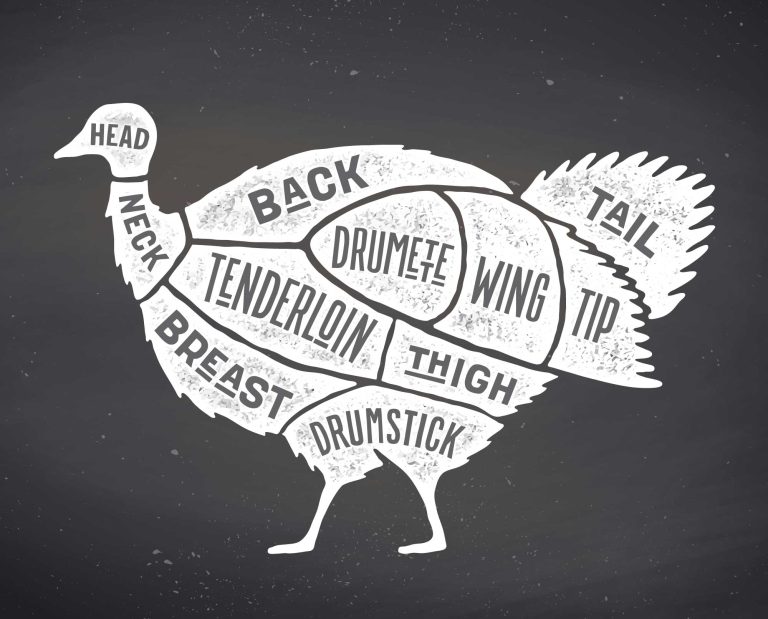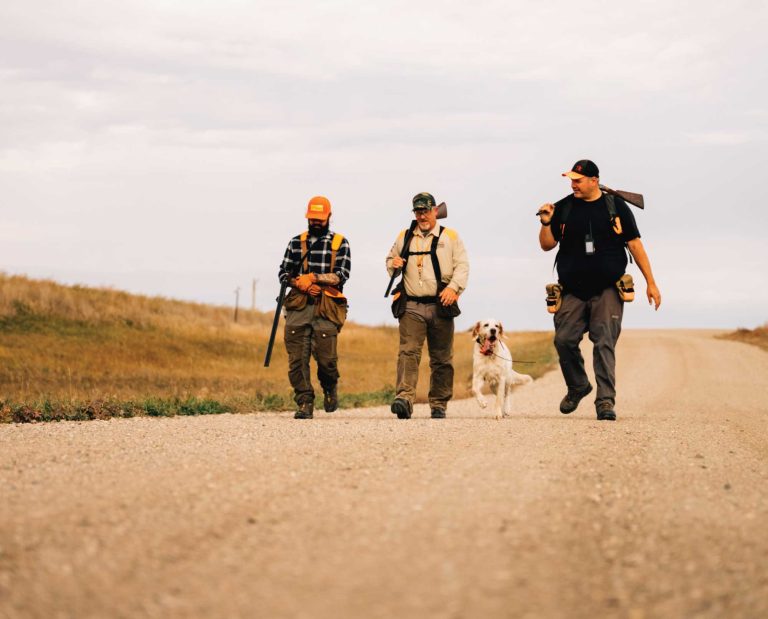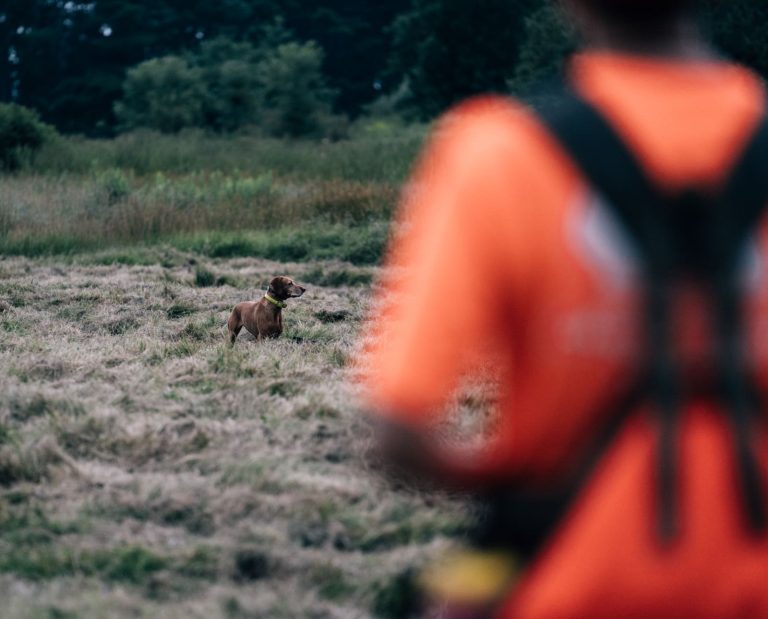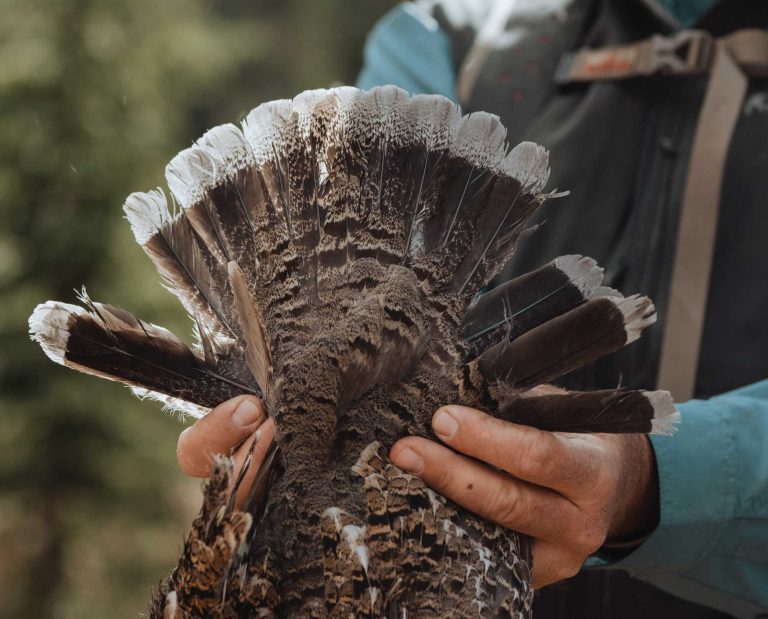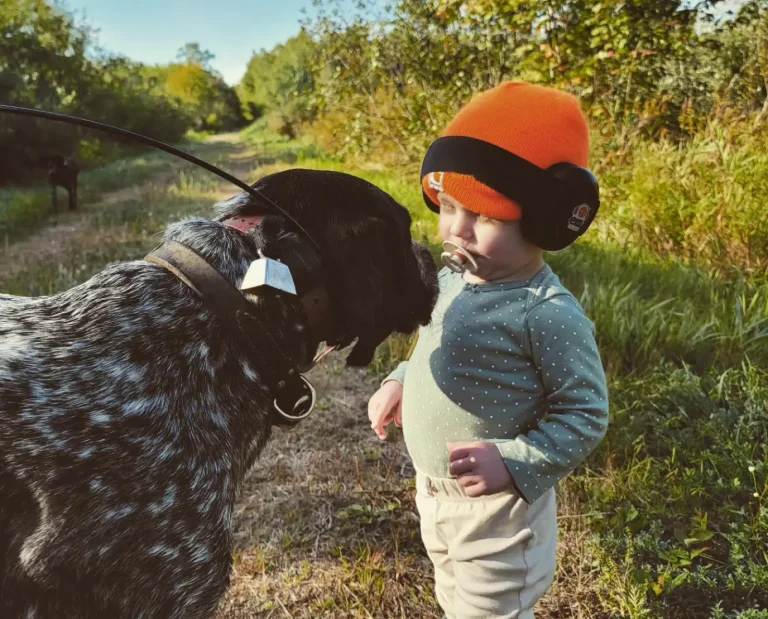Fungal Infections and Hunting Dogs: The Warning Signs and What to Do

Told from first-hand experience, the author shares the story of the loss of his puppy from a fungal infection
It was Summer 2021 when our almost-13-month-old Springer Spaniel, Timber, started throwing up. She was a puppy and had a strong desire to see the world through her mouth so we assumed she had eaten something strange and it would resolve itself. When that didn’t immediately happen we went to the veterinary clinic and started the diagnostic process.
What we were ignorant of then was the possibility and danger of internal fungal infections.
Fungal infections and Timber’s story
Timber was born in the middle of July 2020 and we were privileged to pick her up eight weeks later in mid-September. She came from good trialing and hunt-tested lines, and we were thrilled to see her develop into a bona fide bird dog.
As milestones came and went we jumped into training. She was an incredibly biddable dog; her willingness to learn was surpassed only by her desire to do what was requested. She was a great student and soaked lessons up with abandon. It was an ideal situation.
Initial lessons were taken with only minimal repetition, which provided more time for refining. Fall turned to winter, and winter to spring, in a whirlwind of excitement. The hunting season was looming and there was much to do. Timber would be just over a year old when our grouse season started, and we were anxious to get wild birds under her nose.
That summer was when her story began to change. She started throwing up about eight hours after she would eat. Once a pattern emerged, however, it became more clear that she hadn’t just eaten something weird. She was placed on an antacid and we were told that she would likely grow out of it, but the symptoms persisted. More tests were done and she came back positive for Lyme Disease and was started on an antibiotic. We waited for improvement, but it seemed to be eluding us.
She had begun losing weight and her appetite was diminishing. The veterinarian sent her to a regional expert for an ultrasound, the results of which showed her large intestine to be inflamed. She was scheduled for immediate exploratory surgery and the results were confirmed: her large intestine was so inflamed that the vet could not fit her finger inside it. They took a wall-to-wall biopsy and sent it for testing. The vet had assembled a team of other professionals to figure out what was going on at this point and had even crowd-sourced assistance with no definitive answers.
The biopsy was sent off and we waited and she grew weaker.
It came back negative as bacterial. Unfortunately, the Lyme diagnosis had been a red herring.
And after a few more days the test came back positive as fungal. At this point Timber was no longer eating and we were syringe feeding her calorie-rich food to try and provide some level of nutrition. Upon getting the biopsy results, we immediately started her on anti-fungal medication.
That night, however, she turned for the worse and by the morning it was clear that her fight was over. We made the difficult—but correct–decision to euthanize.
We were devastated. What was supposed to be a 13-year adventure hunting the woods for grouse was taken after a mere 15 months.
A few days later the fungal culture came back as either pythiosis or zygomycosis—whatever that meant. All I knew was that it had taken our puppy. The question we were ultimately left with was, “What the hell happened?”
Perhaps, naturally, I jumped on the hamster wheel to try and figure out what we should have done differently. Should we have demanded more from the vets? Fought harder? Spent more? Would any of it have made a difference? I had more questions than answers.
Understanding fungal infections in dogs
Through grief and a desire to understand what happened, I spoke to a number of acquaintances before being led to Dr. Natalie Suchowersky, a board-certified small animal veterinarian specializing in internal medicine in California. Suchowersky notes that fungi are eukaryotic organisms (they have a nucleus), not all of which cause disease, and that, “Fungal infections can be localized or generalized (systemic). Depending on where the fungal organisms are causing disease will typically determine the type of clinical signs or physical exam changes present in a patient.”
While some fungi can cause disease in healthy dogs, others require dogs to be immunocompromised. Fungi can be acquired by dogs through the environment, contact with other animals, or through overgrowth, which is a change in the animal’s natural levels of various flora.
Fungal infections can be quite common—like ear infections—or far more rare. The rarer types of fungi are typically encountered in specific parts of the world. As such, your clinician may ask you about any travel you’ve done with your dog, your dog’s medical history, and overall condition. It’s important to note here that fungal infections can be localized to a specific part or area of the body or systemic in nature. The affected area will determine the signs and symptoms that will be observable to the clinician. From there, a range of diagnostic tools can be used to determine the culprit of infection. They include taking and testing cultures to examining the structure of the culprit (cytology), examining the changes in tissue as a result of the infection (histopathology), or immunological tests, which identify antigens to different infections.
Because fungal infections are not bacteria, they are treated primarily with antifungal medications which are designed to kill fungi. These medications exist as both topical treatments, intravenous injections, or in medications that are ingested to treat internal infections. Adjunctive surgery may also be an option, which remove the infected tissue with margins in order to prevent a resurgence of the infection.
In Timber’s case, the infection was localized to her large intestine. By the time we knew the nature of her infection, she had been vomiting, had lost a lot of weight and stopped eating, and her energy levels had decreased significantly. According to Suchowersky, symptoms of a gastrointestinal infection can include the above symptoms as well as diarrhea. There may also be other signs your dog is displaying that serve as clues to what is happening.
What to do if you suspect your dog may have a fungal infection
If you are concerned about your dog, Suchowersky recommends that you make an appointment with your veterinarian as soon as possible. If your dog’s health does not improve, and depending on what resources are at your disposal, more tests can be pursued assuming the dog is stable. There may also be specialty clinics available that can assist in more complicated situations.
“Early detection can assist in instituting appropriate treatment against a fungal infection though there is unfortunately never a guarantee that therapy will be successful,” Suchowersky said. “Subsequently, a visit to the vet clinic should be performed if a dog is displaying any abnormal clinical signs.”
The great challenge with dogs is that they can’t tell us where it hurts. They can’t tell us that a treatment isn’t working. We, as owners, have to stand in that gap for them.
Timber had been exposed to Lyme, but we didn’t know to ask about anything else. We had heard of Lyme, but the idea of a localized, internal fungal infection was the furthest thing from our mind. I don’t know if it would have saved her or even given her a fighting chance, but it would have removed that lingering feeling that we should have done something more, and maybe left us with some feeble assurance that we had done everything we could.
We can’t shake the feeling that we were robbed. Timber’s life was too brief and she bore the terrible responsibility of teaching us about these kinds of fungal infections, which feels immensely unfair. More than that, however, she made us better dog owners and handlers. We deeply hope that we can adequately reflect her intensity in our desire to increase awareness surrounding these infections and shine a light on what might otherwise be a mysterious illness.





